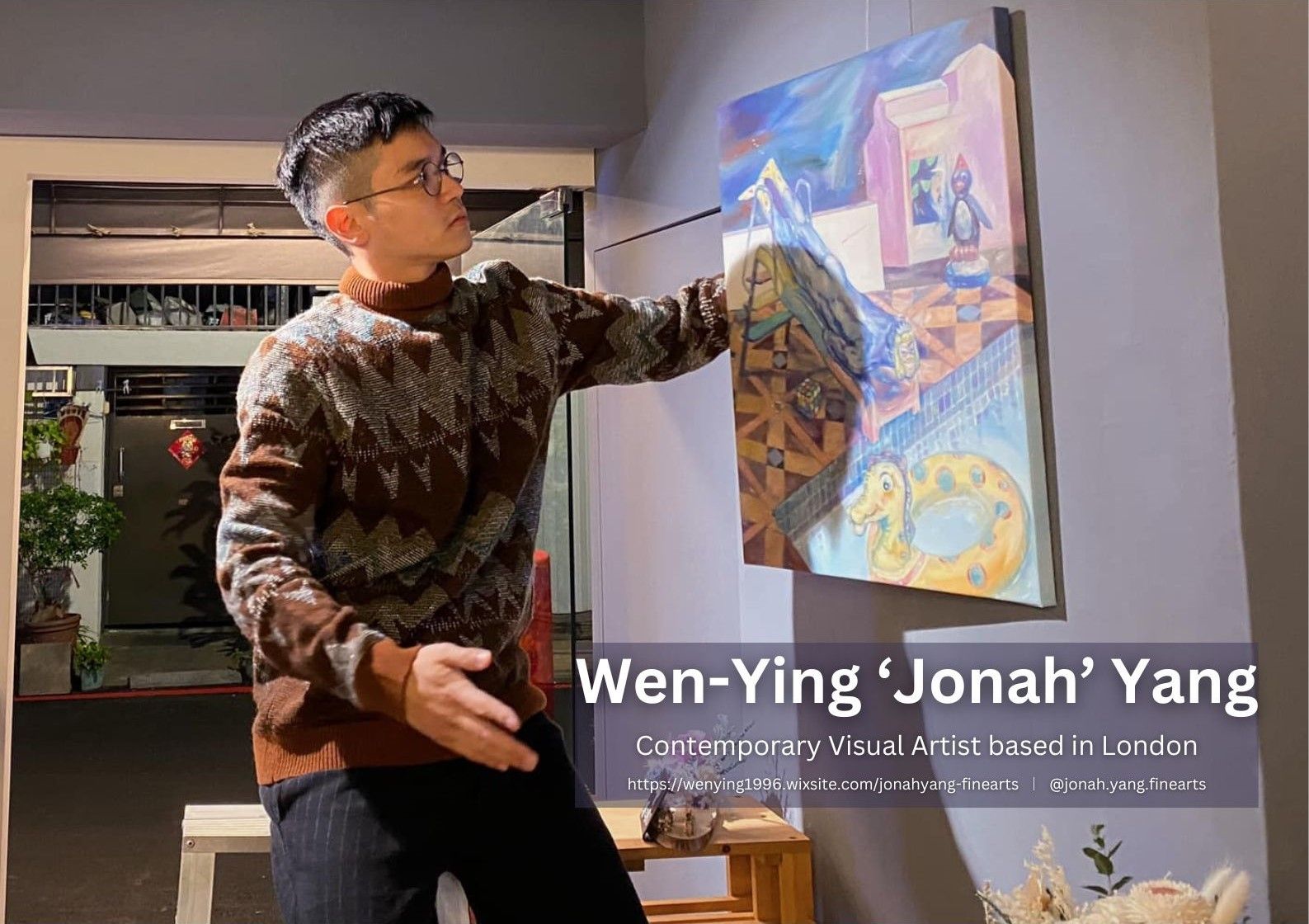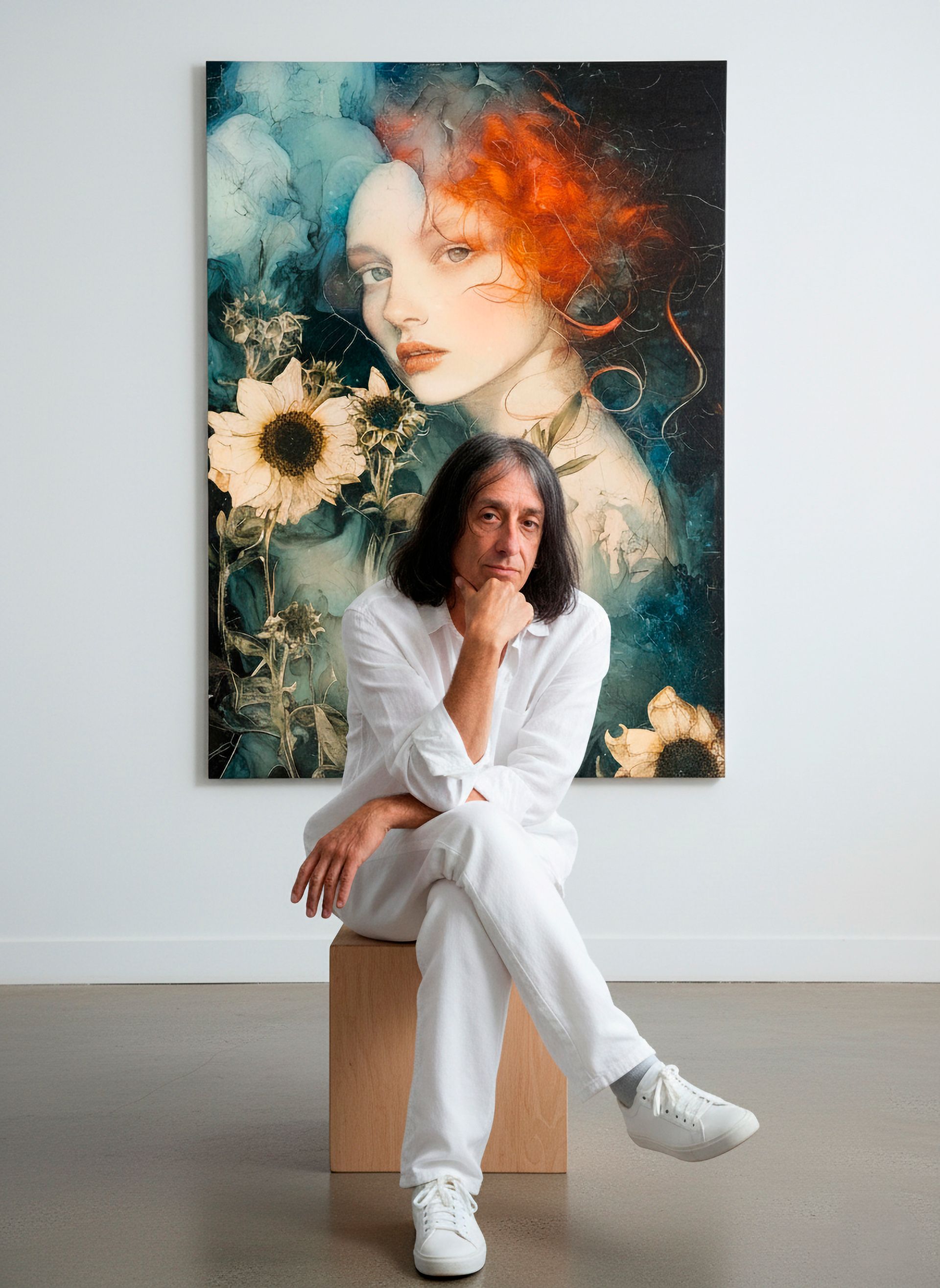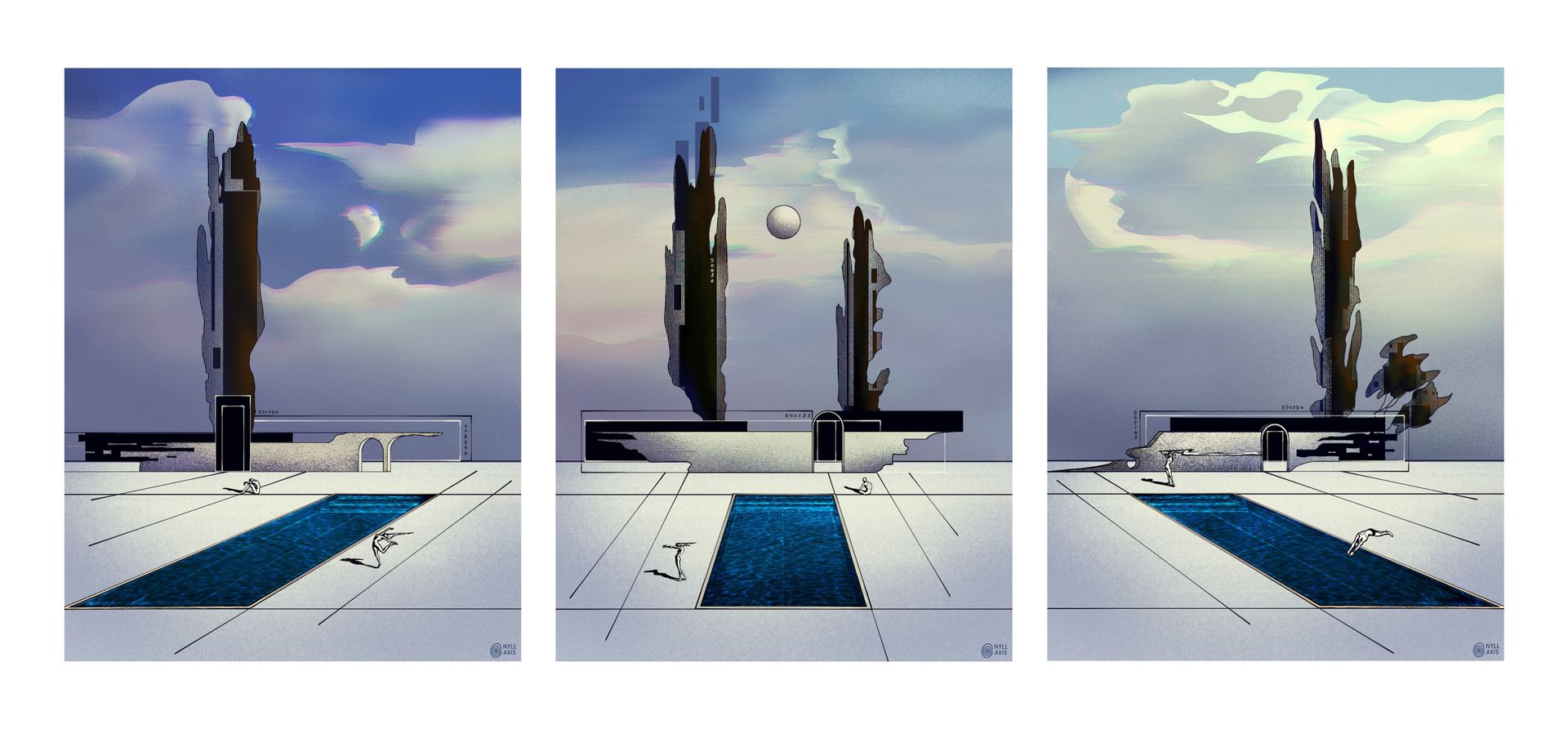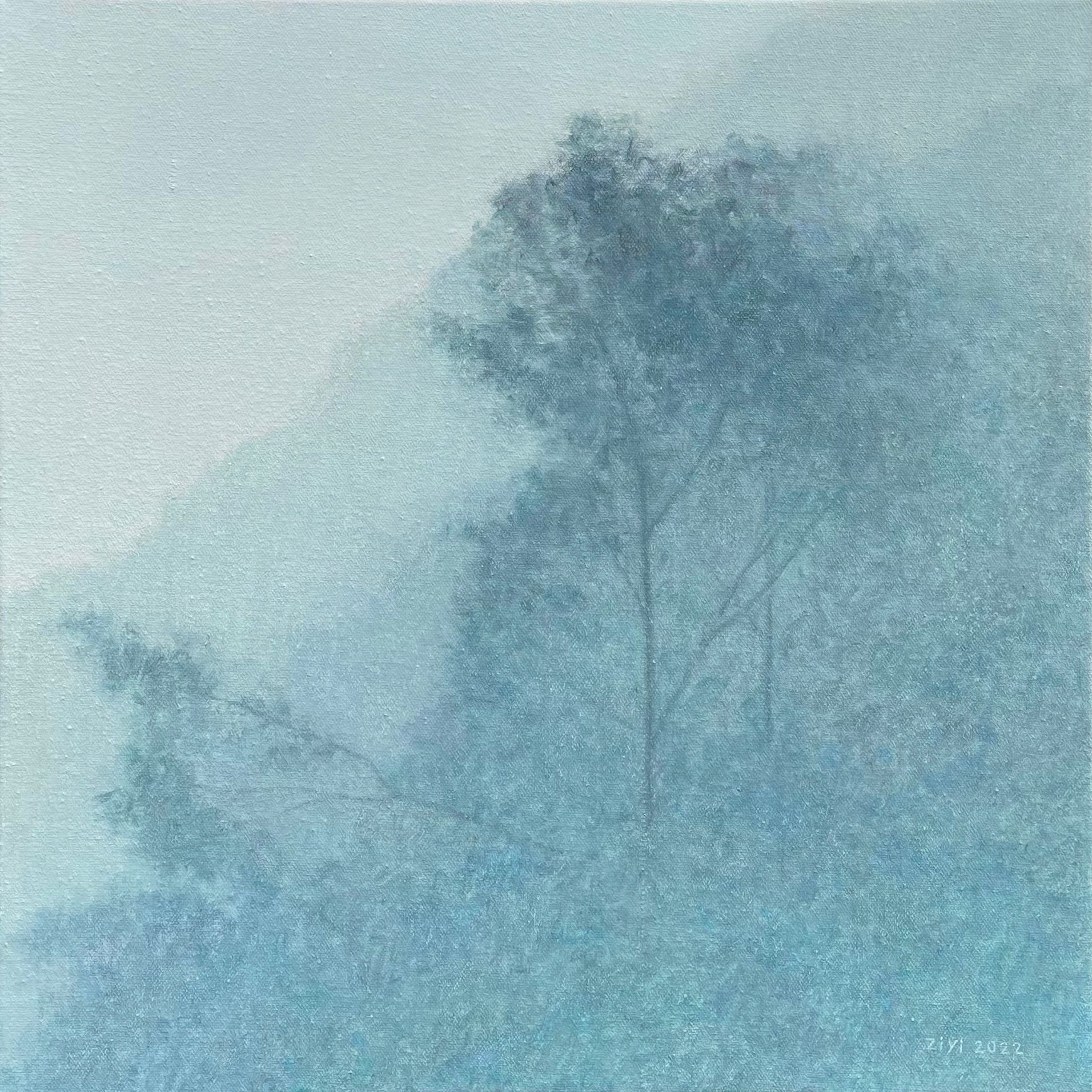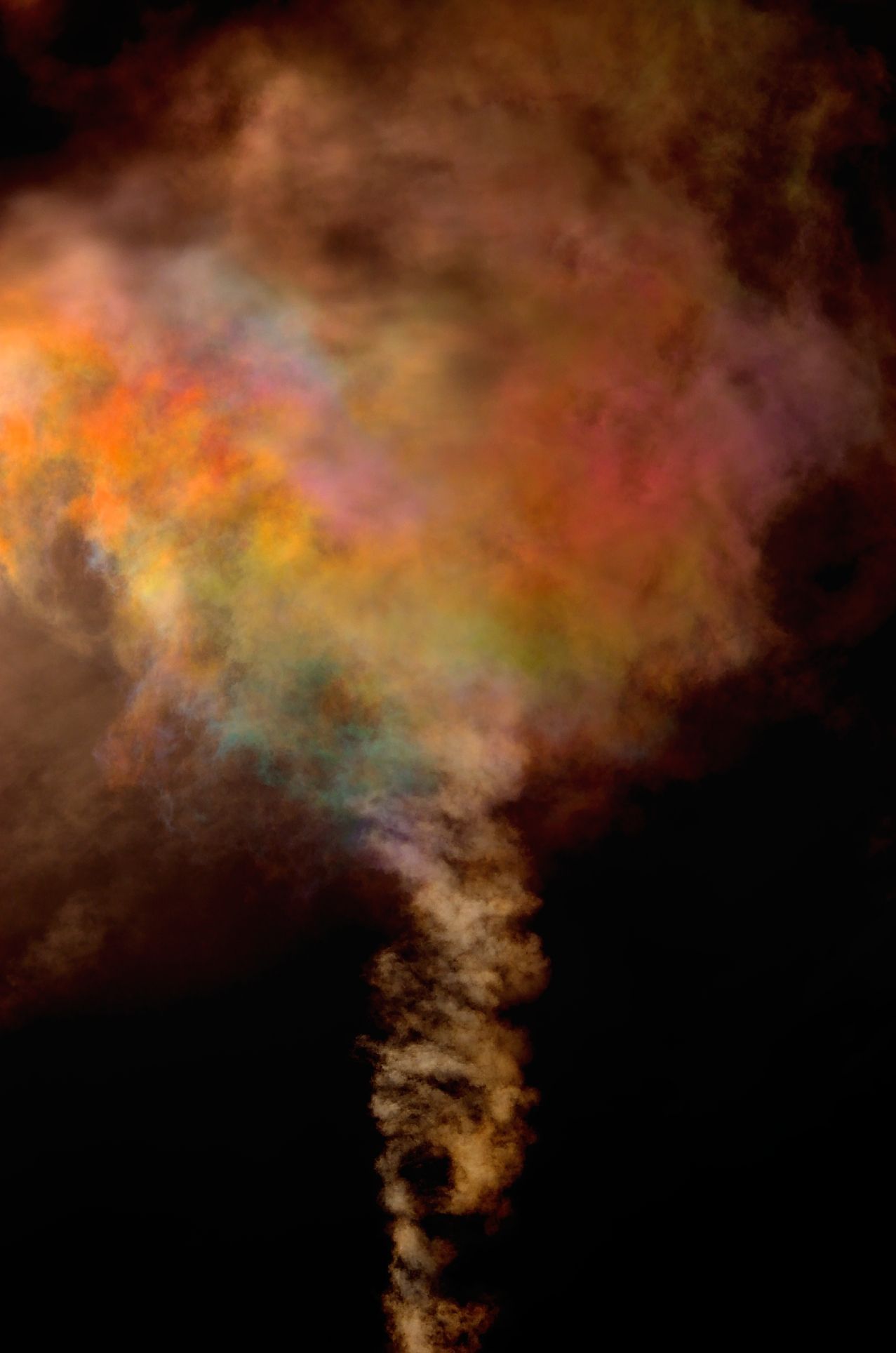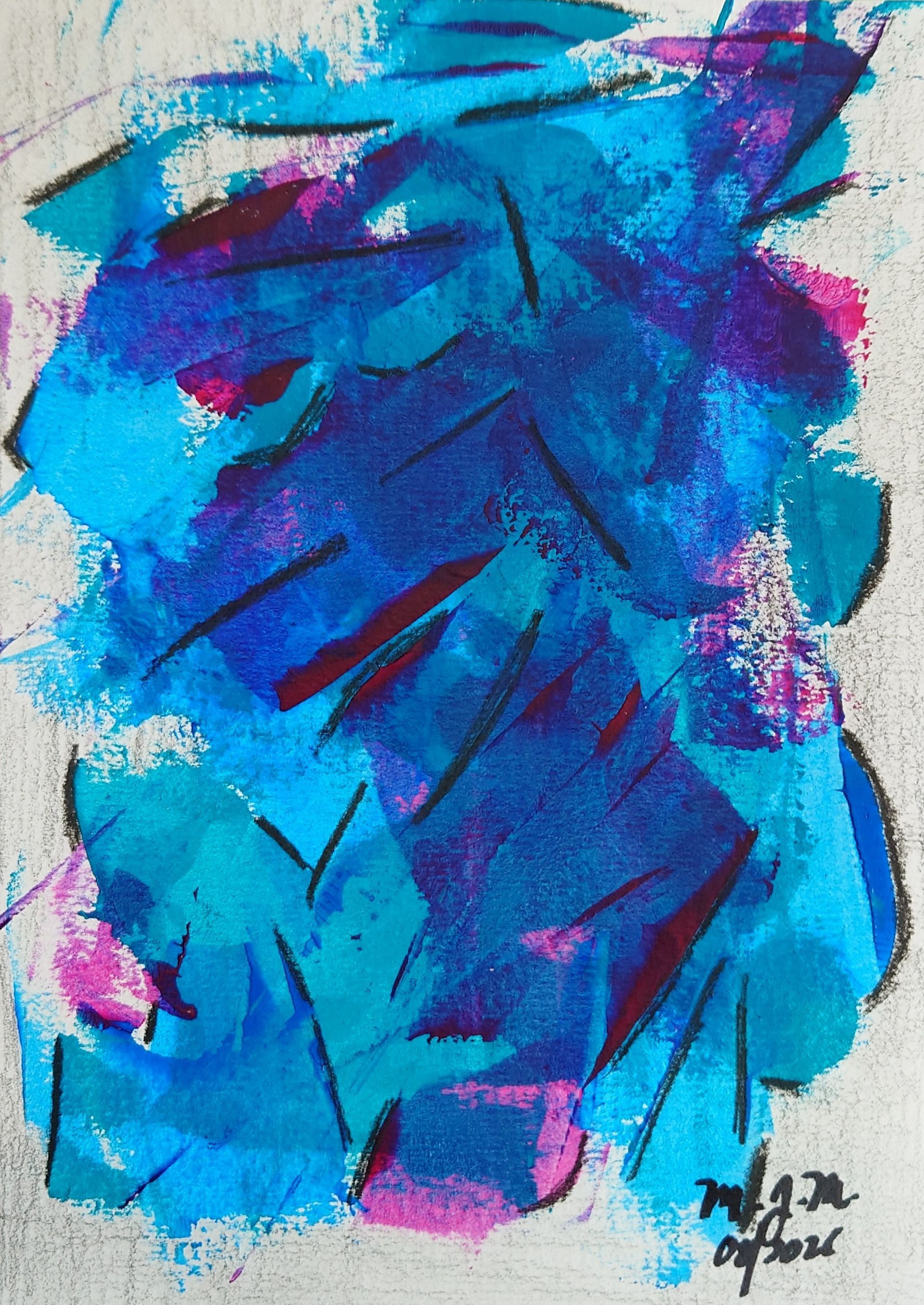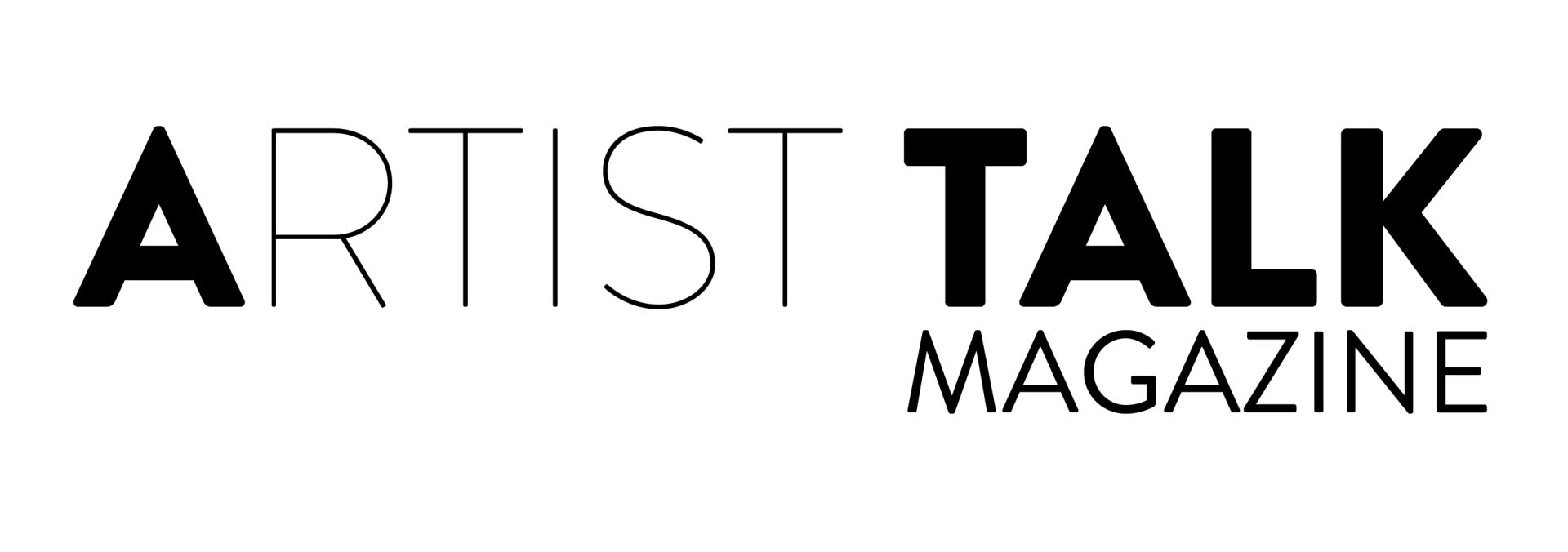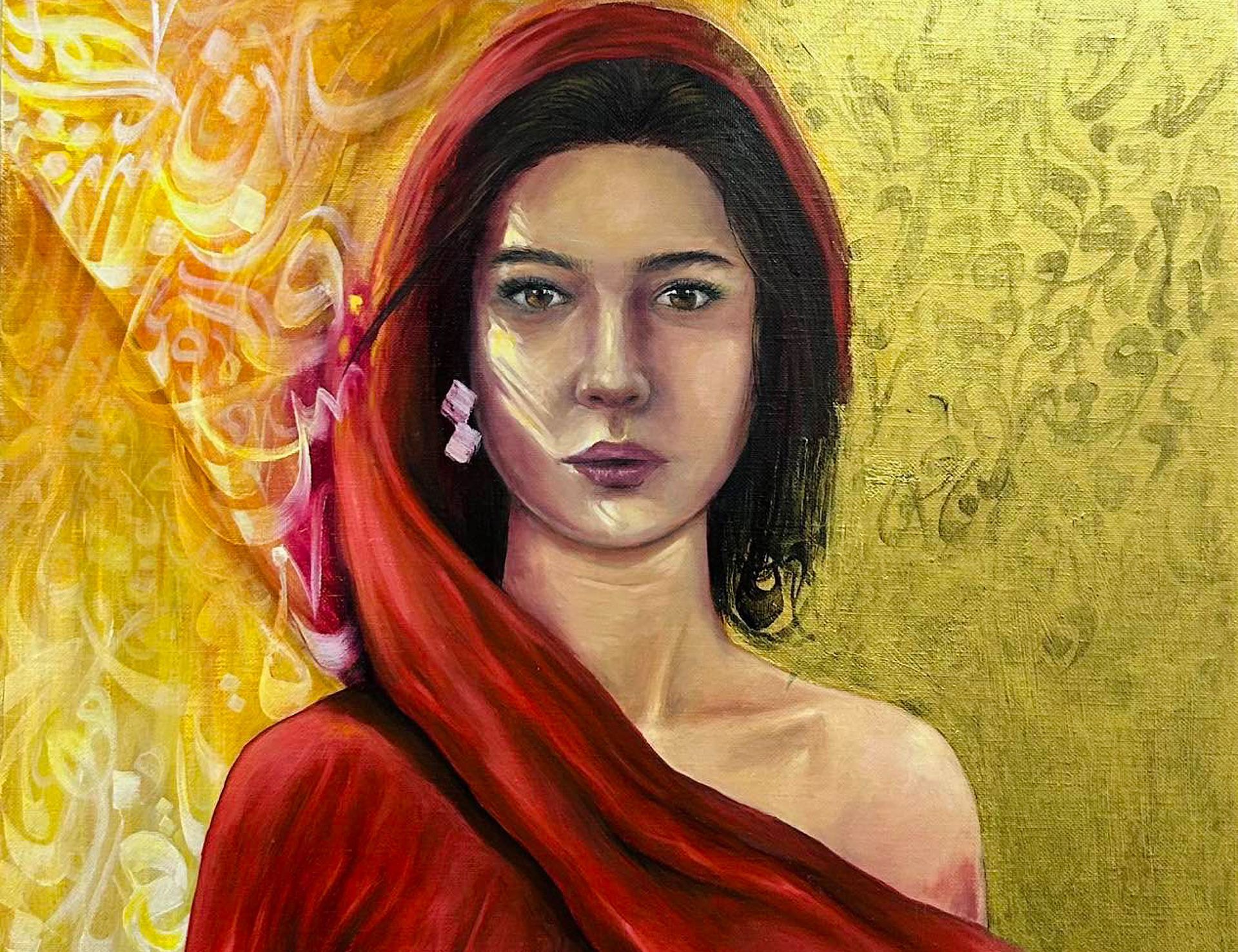Artist in Social Justice
Artist in Social Justice
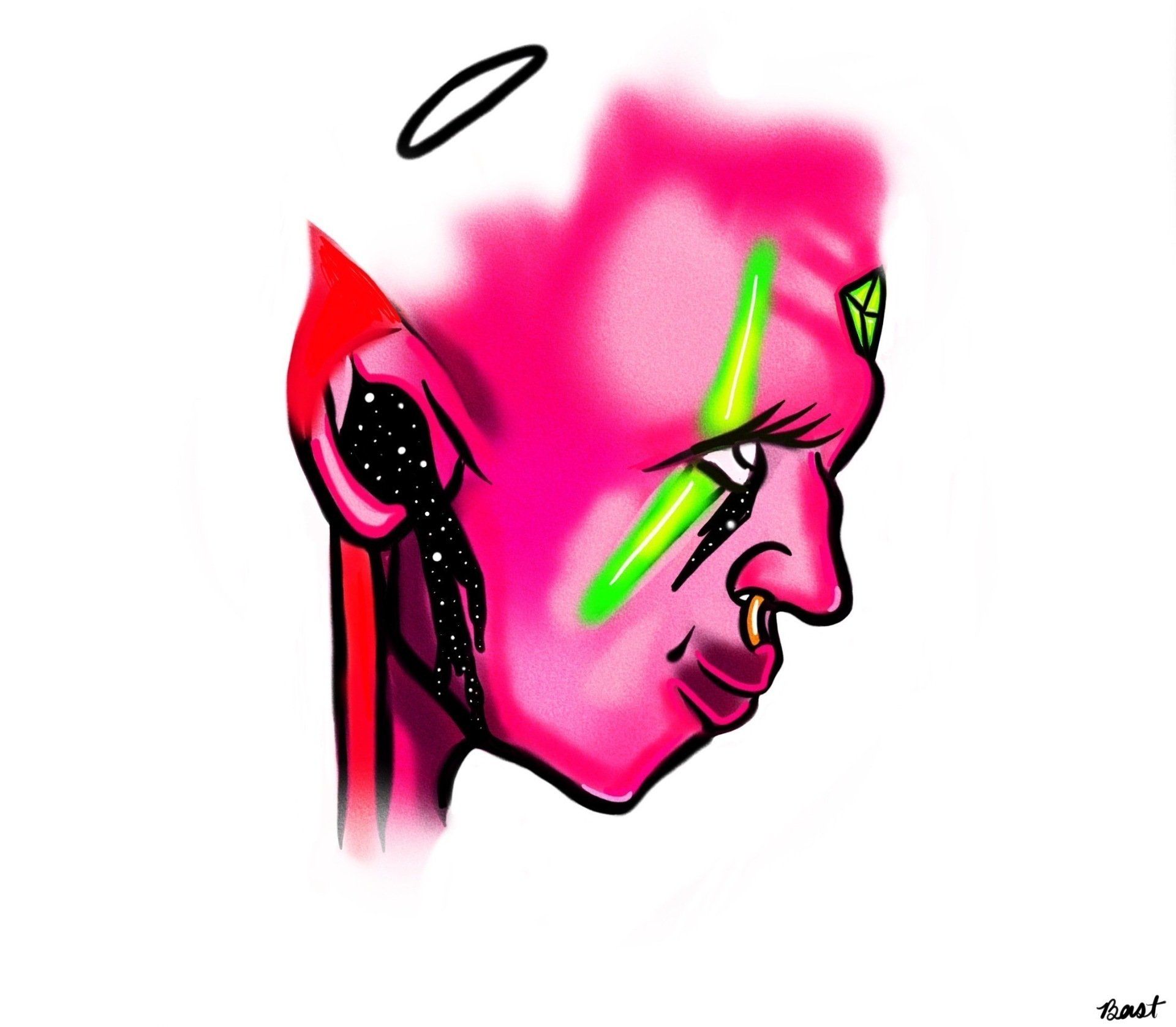
“As You Wish” is a display of one’s devotion to their higher self, heeding the call of a higher force. Although there is a mischievous smirk, it is not inherently bad. The late congressman John Lewis used the phrase “good trouble”, that is the mission this individual is on. To the right of their eye is a galaxy outline that resembles a feature on the eye of Horus, the mythological Egyptian symbol of protection from malevolent forces. The pink skin, and glowing tribal scarring shows this individual, although with human features it is not just human. My work is to expose others to a world unseen through a modern lense.
This piece “As You Wish” addresses social justice and the pursuit of it. Social justice includes each person within all societies. Each of us has a role to play, no role is too big or too small. Whether this is intrinsically known or come into, sort of speak. Pursuing social justice is not bound to a role, title, or position. In every revolution, every citizen adds their expertise and innate ability to aid in reaching a common goal. Our power as individuals amounts to much more, together. In the book The Aquarian Conspiracy: Personal and Social Transformation (in the 1980’s) in Our Time by Marilyn Ferguson it is said that “A revolution, as we shall see, is first visible in tendencies, altered behavior and trends that are easily misunderstood, explained within the context of the old paradigm as something they are not. And to confuse matters further, those who do not understand their basis in an inner turnabout. All revolutions attract mercenaries, thrillseekers, and the unstable as well as truly committed.” In today’s time we are pushing forth a collective revolution of human society that began in the late 60’s, arguably decades prior to and the human spirit is the driver. America is a fairly new society in comparison to the spiritual development of other regions. And we are like none other despite the trauma. The “hippies'' and psychedelic experiments in the modern west, the Black Panthers and their breakfast programs, the rock bands and artists making it possible to create a space where one could be free in their expression, and the student councils organizing protests; what growth we have today took a collective of all kinds of people for us to exist as we do. In a world where division is created for bigotry and greed, we must realize a change that will be everything for the generations to come and will be brought to fruition with every individual, in every community playing their part. Artists may find little difficulty with such change because it is innately what we endure when beginning a new piece of work. Throughout the process ideas evolve, the vision is constantly altered. The perspective once finished expands beyond our initial understanding. Fantasy leads to reality, we see it then bring it to life. The more we speak with others about our work the more we transform, the same goes for leaders in any field, in any position. Therefore, artists of all mediums have a responsibility to reflect the times as the late Nina Simone once said, “it is an artist’s duty”. In every era, in every time period art helped to push society along through challenging times. Even if you choose not to speak, your art is a reflection of what you see in the world. It is a powerful mirror, it is a powerful tool and we possess it.
To quote Marilyn Ferguson,
“The power of flexibility allows the potential opponent to become part of the solution to the problem, much as the practitioner of aikido flows with the energy of an opponent. This political aikido channels energy into an intended direction, in part by identifying the needs of the potential adversaries. It helps these adversaries transition, whereas frontal attack hardens their position.” Aikido is the practice of mastering oneself instead of cultivating violence. The artist's mind is a middle ground, an inbetween, a contradiction, an agitator and a dreamer. What is reality without a dream?
